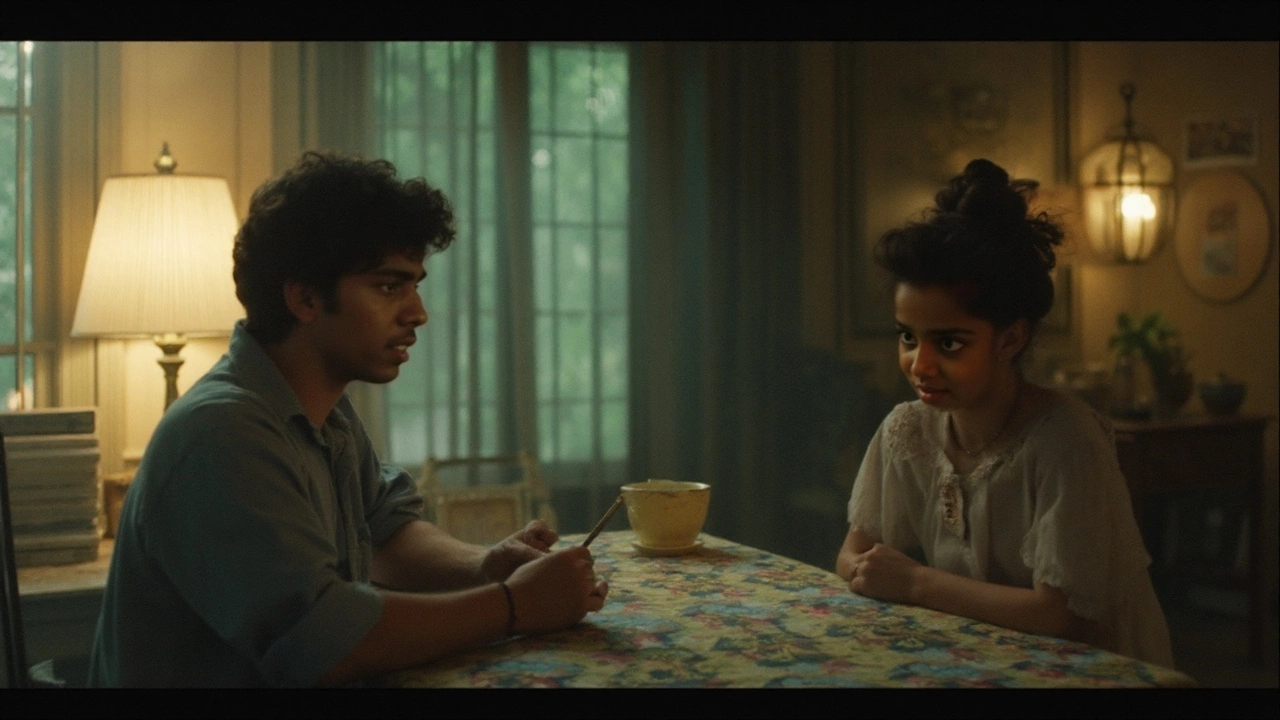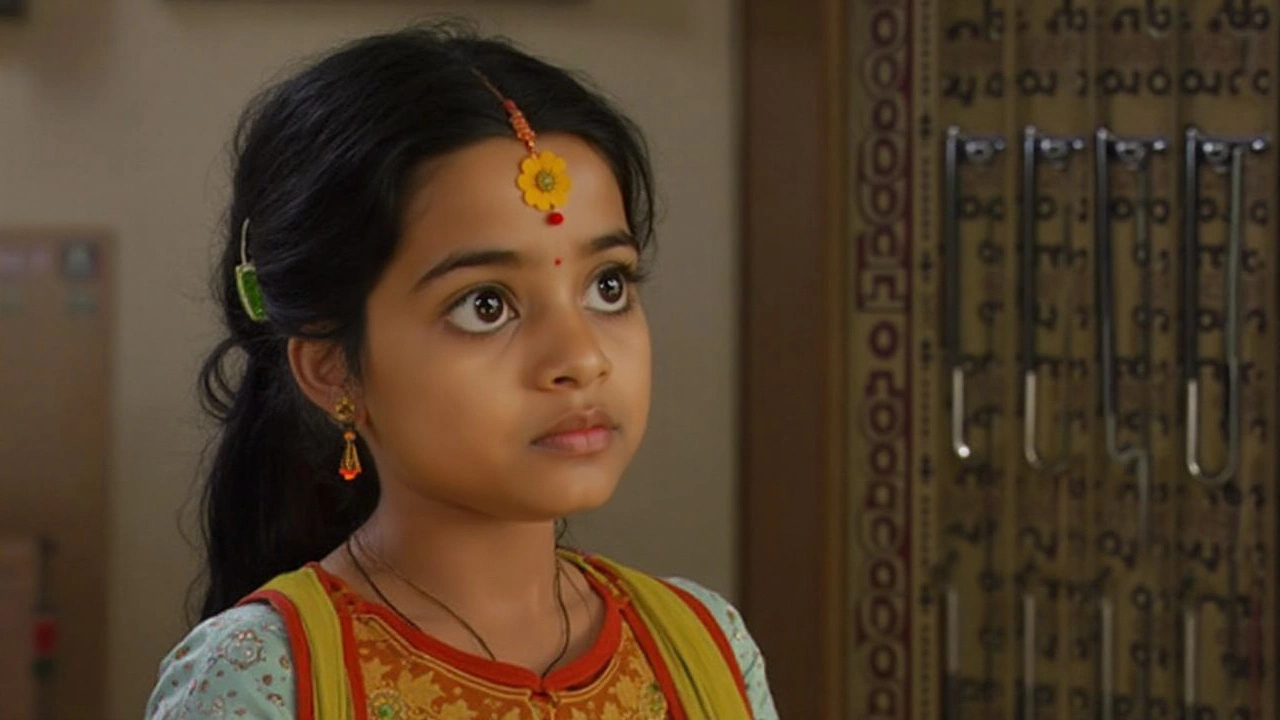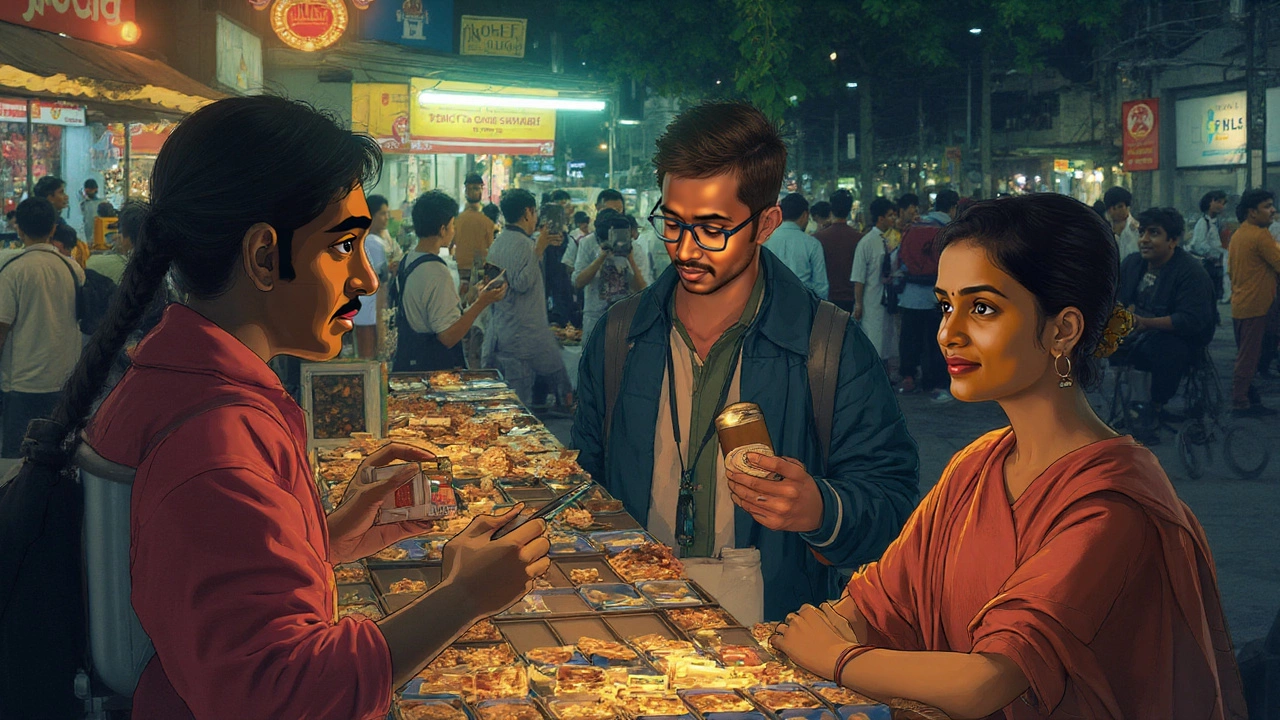Where to Download Old Hindi Songs for Free (Legal Options in 2025)
 Sep, 17 2025
Sep, 17 2025
You want the golden voices-Saigal, Lata, Rafi, Geeta Dutt-on your device, without sketchy sites or legal headaches. Here’s the reality: truly free and legal downloads of old Hindi film songs exist, but the pool is specific. Most famous tracks are still copyrighted; a slice of earlier recordings is now public domain in India, and some heritage transfers carry open licenses. I’ll show you exactly what you can safely download, where to find it, and how to do it right.
- Legal free downloads are mostly public-domain recordings (in India, sound recordings first published up to 1964) and some openly licensed archives.
- Your best sources: Internet Archive (archive.org) and Wikimedia Commons, plus a few cultural heritage projects with open licenses.
- Use filters (year, license) and grab FLAC when available; tag files with artist/film/year for clean libraries.
- Avoid random MP3 sites and Telegram dumps; they’re risky and typically illegal.
- If a track isn’t legally free, use free streaming or short paid stints for offline listening; don’t rip from platforms against their terms.
Where you can legally download old Hindi songs for free (2025)
Let’s set expectations. When you see “free MP3 download” next to a famous Bollywood classic from the 1970s-2000s, it’s almost never legit. The safer lane: public domain recordings and open-licensed heritage transfers. That’s where you’ll find gems-especially pre-1965 cuts.
Start with these proven, legal sources:
- Internet Archive (archive.org) - The largest open library for historical audio. You’ll find 78 rpm transfers, radio airchecks, label samplers, and community-preserved records. Use filters like Media Type → Audio and Year → up to 1964. Many uploads include catalog numbers and label info (HMV, Odeon, Columbia). Look for items marked Public Domain or with Creative Commons licenses.
- Wikimedia Commons - Hosts media that’s public domain or released under a free license. Search by performer (“K.L. Saigal,” “Pankaj Mullick”), genre (“bhajan,” “ghazal”), or format (“78 rpm”). If it’s on Commons, the license field is explicit and you can download lossless formats for some transfers.
- Heritage and academic collections - Some cultural organizations release restored archival audio with open licenses (often CC-BY or CC-BY-NC). The selection is narrower but trustworthy. Always check the exact license on the item page.
What about the big music apps? They’re great for streaming, but not for free downloads. JioSaavn, Gaana, Wynk, Spotify, and YouTube Music offer ad-supported listening; offline downloads require paid plans. Downloading from YouTube via a third-party tool violates their terms and can be illegal-skip that hassle.
Personal archives also count. If you own a CD or a legally purchased digital album, you can organize and convert it for your private use. If you’re in India, private copying law is nuanced; stick to content you own and don’t redistribute it. When in doubt, treat your rips as personal backups.
Red flags to avoid:
- MP3 blogs and Telegram channels sharing entire film soundtracks for “free.”
- Sites that force shady download managers, push notification spam, or pop-up captchas that look fake.
- “320 kbps” claims with tiny file sizes-usually upscaled from low-bitrate sources.
If your goal is a reliable old Hindi songs download without drama, the legal route above is the only one that holds up.

How to check copyright status and download step-by-step
This is the part most people skip, then regret later. Spend five minutes here and you’ll know which tracks you can download freely and how to do it cleanly.
Step 1: Identify the song and its first publication year
- Note the film name, song title, singers, music director, and release year. Cross-check with a reliable database (film year and soundtrack often match).
- If you have a record label and catalog number (e.g., HMV N.####), that’s gold-use it in searches.
Step 2: Apply India’s sound recording timeline
In India, copyright in a sound recording lasts 60 years from the beginning of the calendar year following the year of publication. Practically, in 2025, sound recordings first published in 1964 or earlier are now public domain in India.
“The term of copyright in a sound recording shall subsist until sixty years from the beginning of the calendar year next following the year in which the sound recording is first published.” - The Copyright Act, 1957 (India), Section 27
Notes that matter:
- This is about the sound recording itself, not the underlying lyrics or composition. For downloading and sharing the actual recording, Section 27 is the key.
- Jurisdiction matters. What’s public domain in India might not be PD elsewhere. If you’re outside India, check your local rules.
- If a track was first published after 1964, assume it’s protected and do not download/share unless the item’s license explicitly allows it.
Step 3: Find the recording on a legal open archive
On Internet Archive:
- Go to archive.org and type your query: “K.L. Saigal 78,” “Geeta Dutt 1952,” “Odeon Hindi 78rpm,” or film title + year.
- Filter: Media Type → Audio; Year → set an upper limit of 1964; optionally Collection → Community Audio, 78rpm, or specific heritage collections.
- Open a promising item and check the “Rights” or “License” field. Look for “Public Domain,” “Public Domain Mark,” or a Creative Commons license (e.g., CC-BY). If it says “No known copyright restrictions,” you’re usually safe, but read any uploader notes.
- On the right panel (or “All Files: HTTP”), choose your format. For best quality, grab FLAC or WAV if available; MP3 is fine for portable players.
On Wikimedia Commons:
- Search by artist/film/genre. Use categories like “Hindi film songs,” “Hindustani music,” or “78 rpm recordings India.”
- Open the file page and read the license box. If it’s PD or a free Creative Commons license, download the original file.
Step 4: Verify, tag, and organize
- File integrity: If the archive provides checksums (MD5/SHA), run a quick check. Not mandatory, but good hygiene.
- Metadata: Use a tagger like MusicBrainz Picard or Mp3tag. Suggested format: Artist - Film (Year) - Song Title - Version (if applicable). Add Composer, Lyricist, Label, and Catalog Number when known.
- Cover art: For 78 rpm or singles, use label scans if the source includes them; otherwise, add film posters from open-licensed repositories with attribution.
- Language fields: For Hindi/Urdu titles, add both native script and transliteration so your player’s search works either way.
Step 5: Clean up the audio (optional but worth it)
Many transfers come from shellac 78s. Expect surface noise. A quick cleanup improves the listening experience:
- Use Audacity (free) for gentle noise reduction: sample a noise profile (silent groove), reduce by 6-9 dB, and avoid over-scrubbing.
- Apply a high-pass filter around 80-100 Hz to cut rumble; for aggressive hiss, a low-pass around 10-12 kHz can help without killing air.
- Normalize to −1.0 dB to set consistent loudness across tracks.
Step 6: Keep receipts
- Save a PDF or screenshot of the source page showing the license and item details. If you ever share a PD or CC track, this proves you got it from a legitimate source.
Quick decision helper:
- First published ≤ 1964? Likely PD in India → Download from a reputable archive → Tag and enjoy.
- First published ≥ 1965? Not PD → Only download if the page clearly shows a free license → Otherwise stream legally or buy.
- License unclear? Don’t download. Find another source with explicit rights info.

Quality, safety, and smart alternatives when “free” isn’t possible
If you care how these classics sound-and you should-spend a moment on quality and safety. Old transfers range from rough needle-drops to meticulous restorations. Small choices here make a big difference.
Audio quality rules of thumb:
- Prefer lossless when you can. Grab FLAC/WAV if offered, then encode your own MP3 (LAME V0 or 320 kbps). Avoid re-encoding lossy-to-lossy if possible.
- Check file size against bitrate. A “320 kbps” MP3 under 2 MB for a 3-minute track is a dead giveaway of a fake upscale.
- Compare multiple transfers. Many classics exist in more than one upload. Pick the one with least flutter and least over-filtering.
- Beware over-processed noise removal. If voices sound watery or dull, it’s been overdone. Try another copy.
Safety checklist:
- Only download from pages that show a clear PD or CC license. If you can’t find rights info, assume it’s not free to download.
- Avoid installers and “download managers.” Archives like Internet Archive and Commons never force extra software.
- Scan files with your antivirus if the source is unfamiliar. Audio files shouldn’t be executable; if it is, walk away.
- Keep your player updated. Modern players read tags better (UTF-8) and handle varied sample rates common in 78 transfers.
Organizing like a pro:
- Folder structure: Hindi Classics/Artist/Film (Year)/TrackNumber - Title.mp3. For non-film, group by label or era (e.g., “HMV 78s - 1930s”).
- Discographic notes: Add comment tags with matrix/catalog numbers-handy if you later replace a file with a better transfer.
- Language tags: Use both scripts where possible: “हम और तुम (Hum Aur Tum).” Searching gets easier.
When free downloads aren’t available, use clean alternatives:
- Free streaming: JioSaavn, Gaana, Wynk, Spotify, and YouTube offer big catalogs with ads. Build playlists for discovery, then hunt PD versions of the same songs if they exist.
- Short paid stints for offline: One month of a music app can be cheaper than buying a compilation. Telecom bundles in India often include music app subscriptions-check your plan.
- Buy once, own it: The iTunes Store still sells DRM-free tracks in India. For elusive classics, this can be the cleanest route. Prices vary by album/track.
- Box sets and CDs: Label anthologies (Saregama, Universal) often have the best mastering. Rip to FLAC for your private library; keep proof of purchase.
Mini‑FAQ
Can I download songs from YouTube for free?
No. Downloading from YouTube violates its terms unless the video provides an explicit free license and a direct download legal under that license. Use YouTube for streaming, not ripping.
Are Hindi film songs from the 1960s public domain now?
Sound recordings first published in 1964 or earlier are PD in India as of 2025. Many beloved tracks from the late 1940s to 1964 fall in that window. Anything first published 1965 onward remains protected unless released under an open license.
What about the lyrics and composition rights?
Those have their own terms based on the authors’ life and 60 years after death. For copying and sharing the actual recording, the sound recording term (Section 27) is what governs. Stick to PD recordings or items with clear open licenses.
Can I share the files I downloaded?
If they’re public domain in your jurisdiction, yes. If they’re Creative Commons, follow the license (attribution, non‑commercial, share‑alike, etc.). If they’re not PD or CC, don’t re‑share.
Why do some old tracks sound rough?
Most were cut to shellac 78s with limited dynamic range, and later lived through wear and imperfect storage. Transfers vary. Try multiple sources and prefer minimal, tasteful restoration.
Next steps and troubleshooting
- Can’t find a song? Search by film title, then by singer + year. Try alternate spellings (Urdu/Hindi transliterations), e.g., “Geeta Dutt/Geeta Roy,” “Mohammed/Mohd. Rafi.” Add label cues like “HMV,” “Odeon,” or catalog hints.
- Archive page has no MP3? Click “All Files: HTTP.” Some items only list FLAC/WAV under the file tree; you can transcode locally.
- Audio is too noisy. Look for a different transfer of the same matrix/side. If none exists, use light noise reduction and EQ in Audacity; don’t try to make it modern‑clean.
- Metadata mess? Run files through MusicBrainz Picard with a custom script for Hindi tags. Standardize sorting by “Artist → Film (Year) → Track.”
- Unsure about legality? If the page lacks a clear PD or CC statement, don’t download. Find another source with explicit rights info or switch to streaming.
You came here for a straight answer. Here it is: For legal free downloads, live in the sweet spot-public domain (≤1964) and open‑licensed uploads on trusted archives. When that’s not available, stream or do a short paid stint for offline listening. It’s clean, it’s safe, and your library will thank you.